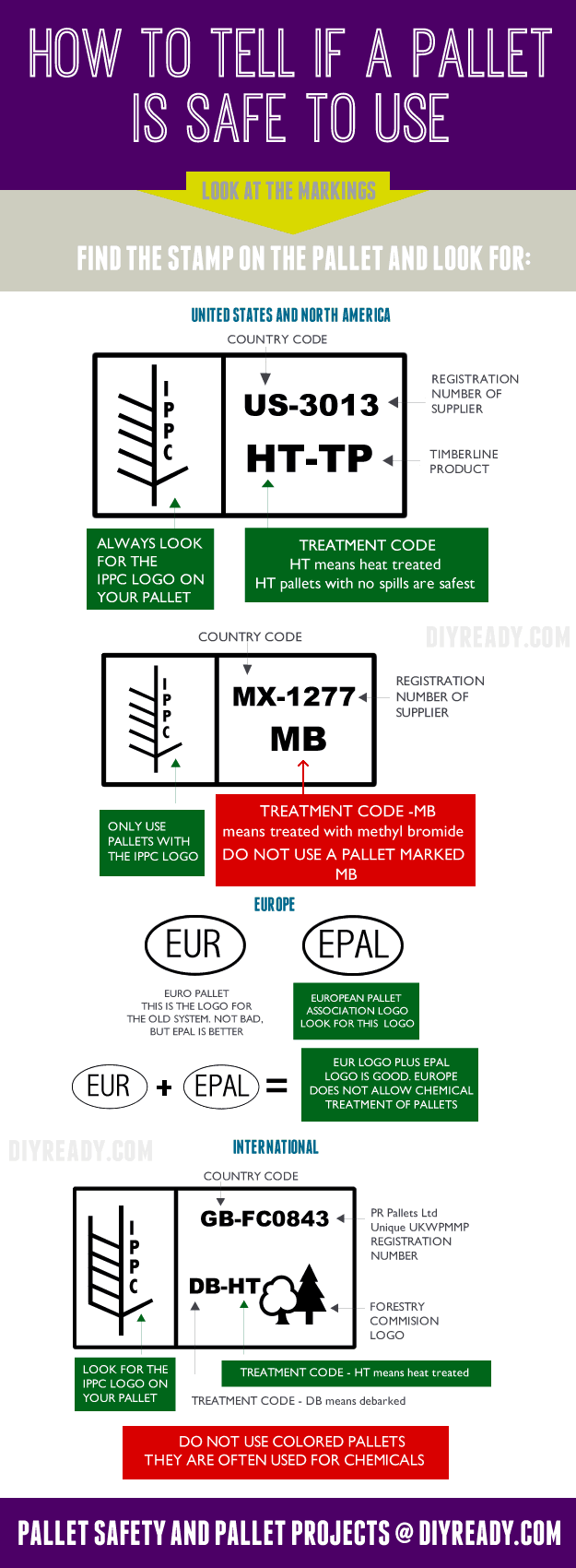MaryMary
Quite Contrary
- Joined
- May 17, 2016
- Messages
- 2,241
- Reaction score
- 3,251
- Location
- Southwestern Ohio
- Hardiness Zone
- 6
- Country

There are about a million YouTube videos on re-purposing old pallets. Tutorials on everything; raised beds, planters, trellises, you name it. Then you hear that chemically treated lumber is bad. So tell me, what do you think?
I like to re-use and recycle any time I can. Whenever possible I also like to acquire >FREE< things!! Behind the dumpster at the local convenience store, there are three old pallets. They've been sitting there for at least two years. I am positive the owner would be willing to let me have them.
Behind the dumpster at the local convenience store, there are three old pallets. They've been sitting there for at least two years. I am positive the owner would be willing to let me have them.
Wouldn't the chemicals eventually be rinsed out by the rain and snow? How bad are these chemicals, anyway? And bad for what ? Do they poison the flowers and then kill the bees? Do they poison the veggies, and make me sick?
Is there a non-toxic waterproof paint I could use to seal them in? Could I build what I want to build and then staple plastic sheeting to the inside to act as a barrier? (The leftover plastic I insulated my windows with last winter comes to mind...)
Any advice or information appreciated.
I have power tools and I am not afraid to use them!!
Ok, ok, they are my boyfriend's power tools, and after the unfortunate incident with the hedge trimmers, I am a little bit afraid to use them.

I like to re-use and recycle any time I can. Whenever possible I also like to acquire >FREE< things!!
 Behind the dumpster at the local convenience store, there are three old pallets. They've been sitting there for at least two years. I am positive the owner would be willing to let me have them.
Behind the dumpster at the local convenience store, there are three old pallets. They've been sitting there for at least two years. I am positive the owner would be willing to let me have them.Wouldn't the chemicals eventually be rinsed out by the rain and snow? How bad are these chemicals, anyway? And bad for what ? Do they poison the flowers and then kill the bees? Do they poison the veggies, and make me sick?
Is there a non-toxic waterproof paint I could use to seal them in? Could I build what I want to build and then staple plastic sheeting to the inside to act as a barrier? (The leftover plastic I insulated my windows with last winter comes to mind...)
Any advice or information appreciated.
I have power tools and I am not afraid to use them!!
Ok, ok, they are my boyfriend's power tools, and after the unfortunate incident with the hedge trimmers, I am a little bit afraid to use them.


